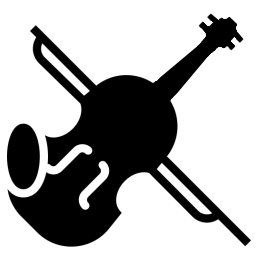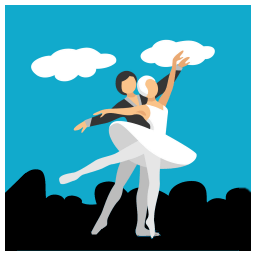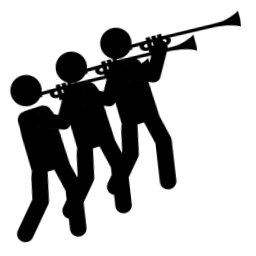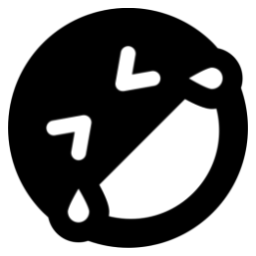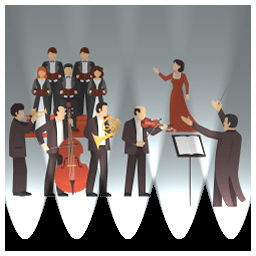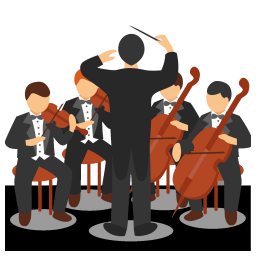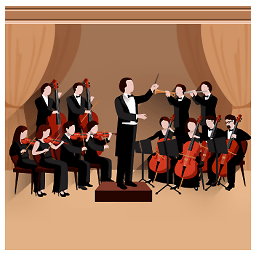A detailed description with illustrations of the violin and viola construction, use, and history.
Ballet has been entertaining audiences for over 400 years, since the 17th century though other forms of theatrical dancing date back as far as ancient Greece. French composers Jean-Baptiste Lully and Jean-Phillippe Rameau are given credit for incorporating..
The chorale is a German-Protestant hymn. In efforts to coerce the congregation into more participation, musician, composer, and religious reformer Martin Luther wrote the first known chorales in the early 16th century.
A Fanfare is a flourish of trumpets or other brass instruments often with percussion accompaniment. It is a kind of announcement or introduction to an important event or ceremony of significance such as the King's entrance or other dignitary..
A March is musical piece in which the tempo and main beat is set to match the steps of the parading bands, soldiers, or other marching performers or showmen. The tempo can be a slow as funeral steps or as quick as marching..
The Operetta is a newcomer of musical forms born in mid 1850s France. Like it’s predecessor opera, the operetta was immediately popular as a light form of comic opera with singing actors and dance. The first great operetta..
The origin of the oratorio is Italian, based on the Latin oratorium oratory. Another of the large scale musical forms, the oratorio stems from the music composed during the 16th century for the Church of the Oratory of St. Philip Neri...
The Overture is an introduction into a more dramatic musical performance such as an opera or ballet. Some overtures are used in concert as a complete stand alone composition. Early overtures began with a fast moving style..
The symphony is a large musical composition for orchestra which is usually written in four linked movements. The word Symphony is of Greek origin and is defined as "sounding together." The term was applied to various forms of ensemble music..



